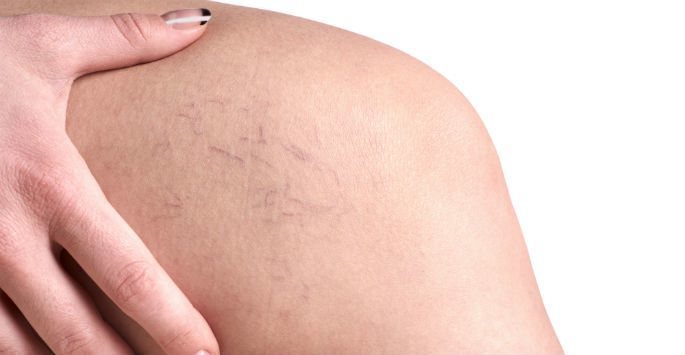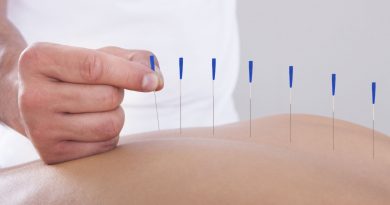Managing Varicose Veins: A Comprehensive Guide to Treatment and Self-Care After Diagnosis
Varicose veins are a common medical condition characterized by enlarged, gnarled blood vessels often visible just beneath the skin’s surface. Increased pressure endured by the lower body leads to such medical conditions. This condition most commonly develops in the legs and feet.
While often associated with aesthetic concerns, varicose vessels can cause discomfort and potential health complications if left untreated. The following column will help you learn more about some risks and treatments associated with Varicose ducts.
Causes and Risk Factors
They occur when the valves within the blood vessels fail to function correctly. Healthy ducts have a one-way valve system that propels blood towards the heart. However, when these valves weaken or damage, blood can accumulate in the ducts, which leads to swelling and twisting characteristics of varicose ducts. Age, gender, pregnancy, obesity, prolonged standing, and a family history can escalate the risk of developing this condition.
Professional Treatment Options
Sclerotherapy
Sclerotherapy is a minimally invasive procedure involving inserting a solution into the problematic veins through injections. This solution causes the veins to scar, forcing the blood to reroute through healthier veins. Over time, the treated vessels fade and are absorbed by the body.
Endovenous Laser Treatment (EVLT)
EVLT is another minimally invasive treatment wherein a small laser fiber is inserted into the varicose vein. The laser emits heat that damages the vein walls, leading to the collapse and eventual closure of the vein. The body then naturally eliminates the sealed vein over time.
Vein Stripping
It is a surgical procedure used for severe varicose blood vessels. The surgeon makes tiny holes to remove the problematic vessels. It’s often used as the last resort when other treatments have failed.
Self-Care Strategies
Regular Exercise
Physical activity is a crucial element in managing varicose veins. Regular exercise enhances better blood circulation in the legs, which helps push along the blood accumulated in the vessels. Low-intensity exercises like walking, cycling, and swimming are especially beneficial.
Compression Stockings
Wearing compression stockings is another practical self-care strategy. These unique socks exert pressure on your legs and ankles, promoting blood flow and reducing the discomfort and swelling associated with such a medical condition.
Healthy Diet and Weight Management
Managing a balanced diet and a healthy weight can significantly contribute to managing varicose veins. Excess weight puts additional pressure on these veins, exacerbating the condition. Foods rich in dietary fiber and low in salt can prevent water retention and constipation, which may otherwise contribute to the formation of varicose veins.
Elevating Your Legs
Elevating your legs can help reduce the symptoms of such a disease. It’s a simple and effective way to enable gravity to assist with blood circulation, reducing pressure and swelling in the lower legs.
Conclusion:
Living with varicose veins can be challenging, but it’s crucial to remember that you’re not alone. Numerous treatment options and self-care strategies can help you manage the symptoms and prevent further complications. It’s crucial to seek professional medical advice to understand the best action for your specific situation. This guide provides a comprehensive starting point, but remember that each person’s experience with such a medical condition is unique. The most successful management approach will always be a personalized one, taking into account individual health history, lifestyle, and personal preferences.




